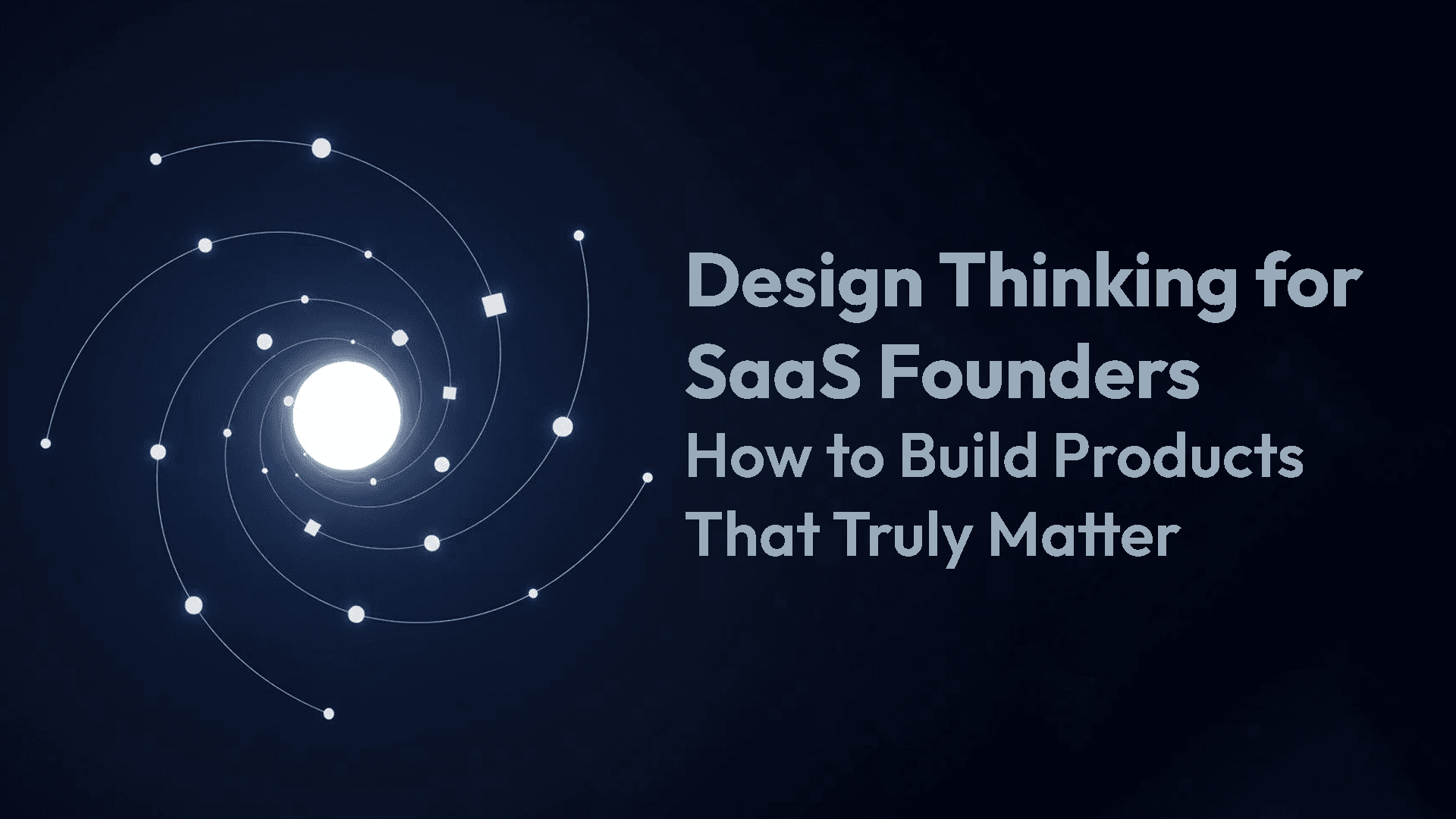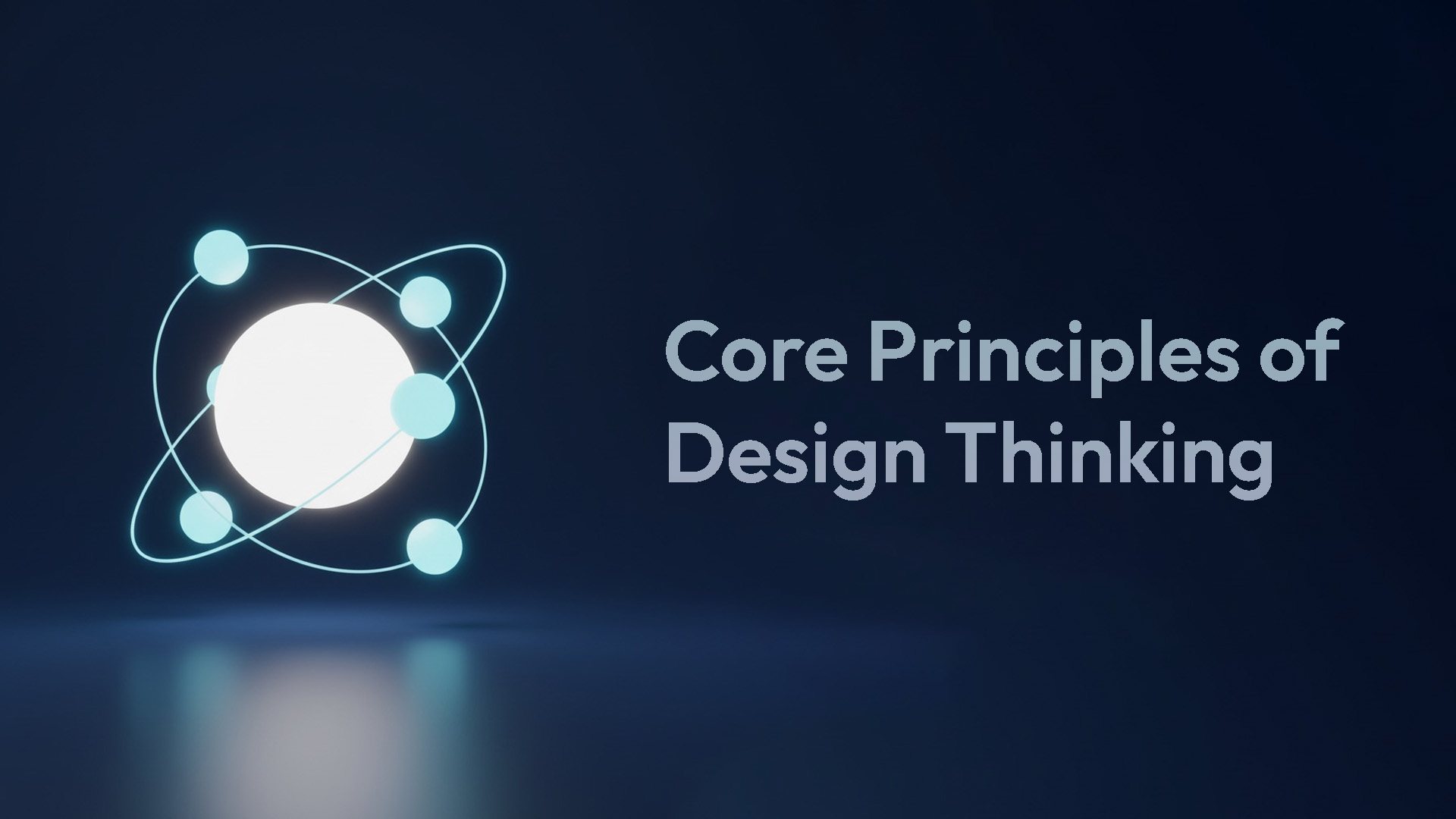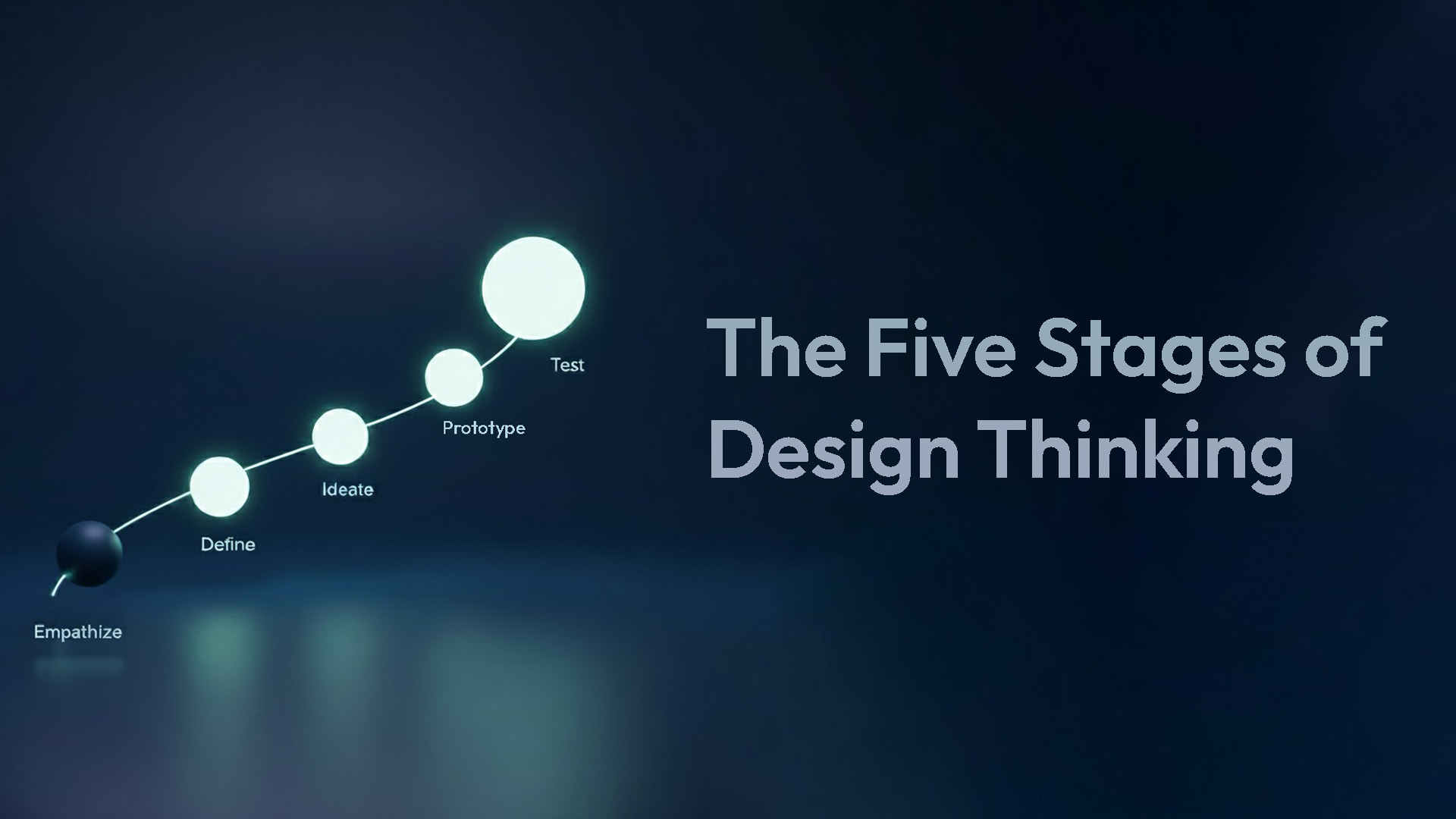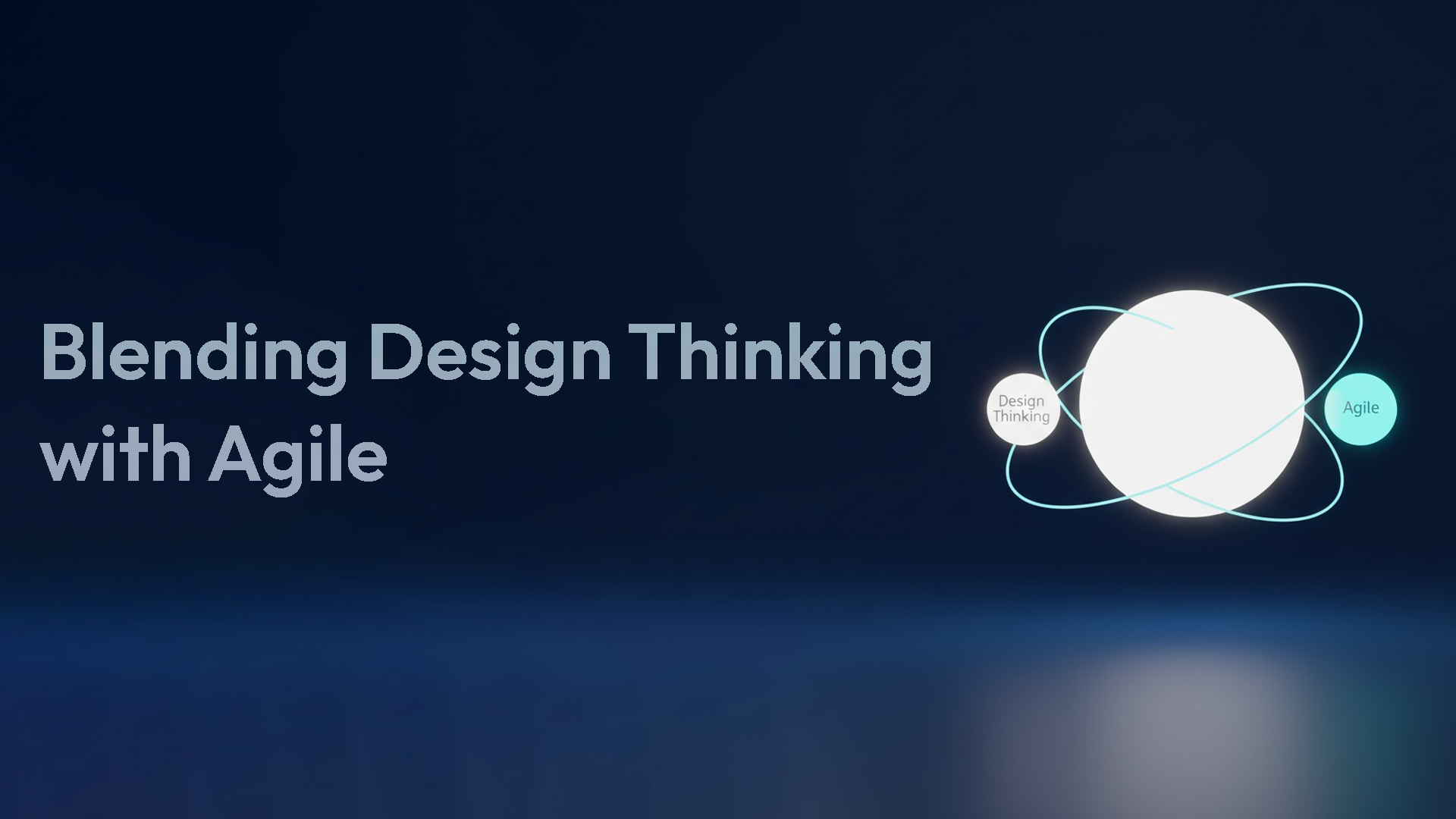Design Thinking for SaaS Founders: How to Build Products That Truly Matter

In SaaS, building a product that people actually want doesn’t start with coding or flashy features, it starts with design thinking. This human-centered approach ensures founders understand real user problems before writing a single line of code. By applying design thinking, SaaS startups can focus less on what they can build and more on what users truly need. This mindset transforms assumptions into validated insights, making products more impactful and reducing wasted effort.
Why Design Thinking Matters in SaaS
The fastest-growing SaaS companies don’t just write good code, they understand their users’ unmet needs. Design thinking provides a structured way to replace assumptions with empathy and speculation with validation. For SaaS founders, this means shifting from “we think users want this” to “we know what users need.” By embedding design thinking early, you create a system of continuous learning that reduces product risks and builds a sustainable competitive advantage.
Beyond Design: A Problem-Solving Framework
Despite its name, design thinking isn’t just for designers. It’s a collaborative framework combining creativity and logic to solve real problems. Founders, engineers, marketers, and product managers align around one core question: “What problem are we solving?” By reframing challenges from the user’s perspective, SaaS startups can build solutions that are desirable to users, feasible for engineering, and viable for the business. This process reduces guesswork and keeps teams focused on meaningful outcomes.
The Mindset That Shapes Better Products
At its core, design thinking relies on empathy, experimentation, and iteration. Start by understanding users, their motivations, challenges, and workflow context. Then generate ideas, prototype quickly, and iterate based on feedback. This loop evolves your product in real time. For SaaS startups, it means every feature, dashboard, or workflow stems from genuine user insight, not internal assumption. Applying this mindset early prevents wasted resources and ensures every product decision has purpose.
A Simple Example: Solving the Right Problem
Consider a SaaS team building an analytics platform. They initially focus on complex dashboards, believing users want detailed visuals. After early testing, they discover users only need quick, exportable summaries. By applying design thinking, the team pivots to a one-click PDF report, dramatically increasing adoption. This example highlights how understanding the user first can save months of development and ensures you build what truly matters.

Core Principles of Design Thinking
Empathy-Led – Everything begins with understanding your users deeply. Observe their workflows, listen to frustrations, and uncover real needs. Decisions based on insight prevent wasted effort.
Iterative Process – Design thinking is cyclical. Build, test, and refine continuously. Each loop reduces risk and brings the product closer to user expectations.
Collaborative – The strongest solutions come from diverse teams. Designers, engineers, marketers, and founders collectively generate more innovative ideas.
Bias Toward Action – Avoid endless planning. Rapid prototyping validates assumptions and transforms ideas into tangible experiences.
Human-Centered – Every feature, workflow, and interface decision should improve the user’s experience. Their satisfaction is the ultimate measure of success.
Keeping these principles front and center ensures your SaaS product evolves around real user needs.
How Design Thinking Shapes Better MVPs
At the MVP stage, design thinking shines. Instead of guessing which features matter, founders make choices grounded in user validation. Every feature has a clear purpose, reducing risk, speeding iteration, and increasing early traction. A design-driven MVP proves critical assumptions before scaling development, ensuring resources are spent on solving real user problems.

The Five Stages of Design Thinking
Design thinking follows five adaptable stages: Empathize, Define, Ideate, Prototype, and Test. These aren’t rigid steps, they're loops revisited as the product evolves.
Stage 1: Empathize - Understand Before You Build
Immerse yourself in the user’s world. Conduct interviews, observe workflows, and uncover pain points. The goal is not to confirm assumptions but to gain clarity that informs every future decision.
Stage 2: Define - Turn Insights into Focus
Translate user research into a clear problem statement. For example: “Remote teams need a simple way to track updates without juggling multiple tools.” A well-defined problem aligns your team and guides solution exploration.
Stage 3: Ideate - Explore Boldly, Without Bias
Brainstorm freely. Encourage diverse perspectives and aim for quantity over polish. Combining user empathy, technical insight, and business context often leads to the most impactful SaaS solutions.
Stage 4: Prototype - Build to Learn, Not to Launch
Create quick, inexpensive prototypes to test assumptions. These can be clickable mockups, paper sketches, or interactive flows. Prototypes make ideas tangible, save development time, and reduce risk.
Stage 5: Test - Listen, Observe, Iterate
Watch how users interact with prototypes. Learn from confusion, hesitation, and delight. Test results feed new iterations, improving the product continuously. In SaaS, testing often loops back to redefining problems or ideating better solutions.

From Process to Practice: Bringing Design Thinking into SaaS Teams
Design thinking creates value only when it’s practiced daily not just discussed in workshops. In SaaS teams, it pairs naturally with agile development: design thinking shapes what to build, agile helps ship it fast. Discovery and prototyping happen a sprint ahead of development, ensuring engineers always work on validated ideas. Feedback from testing flows right back into the backlog, creating a rhythm of learn , build , learn. This loop helps avoid feature bloat, keeps releases aligned with user needs, and turns every sprint into a learning opportunity. In short: agile builds momentum, design thinking gives it direction.
Making It Work Even on a Startup Budget
You don’t need big budgets or research departments to apply design thinking. For early-stage SaaS startups, curiosity is currency. A few well-structured interviews, observation sessions, or even quick paper prototypes often reveal more than expensive analytics. Encouraging your team to test assumptions and listen deeply to users builds a culture of empathy and that culture compounds over time.
The result? Products that users trust, teams that learn fast, and growth that feels almost effortless. Design thinking becomes less of a “process” and more of a habit that drives smarter decisions every day.
Creating a Culture of Empathy and Curiosity
Design thinking works best when it becomes part of your culture. Encourage questioning assumptions, testing ideas, and valuing feedback. Celebrate learning over launches. SaaS teams that remain curious about their users consistently produce better, more meaningful products. Curiosity keeps innovation alive and empathy makes it valuable.
Conclusion
When applied consistently, design thinking ensures products naturally align with workflows. Users become advocates, growth becomes organic, and empathy becomes your differentiator. In a crowded SaaS market, design-driven products stand out without gimmicks, because they simply work better for the people who use them.
Design thinking isn’t about slowing development, it’s about steering it. SaaS founders trade blind speed for smart momentum, reduce waste, and create products that truly matter. Technology can be copied. Understanding cannot. Products built with design thinking fit so naturally into users’ lives that they can’t imagine living without them.
